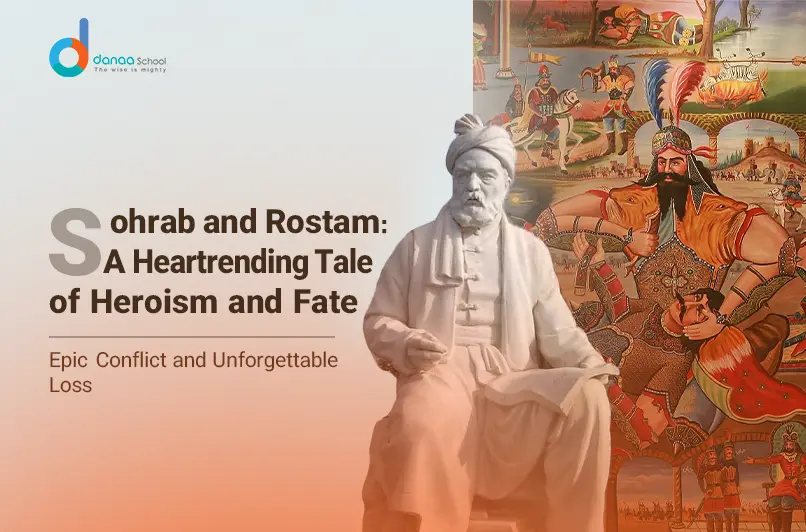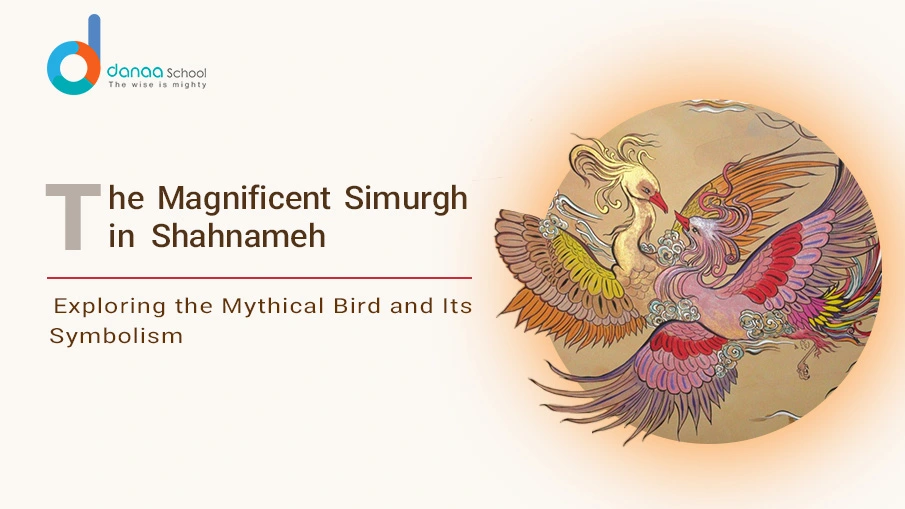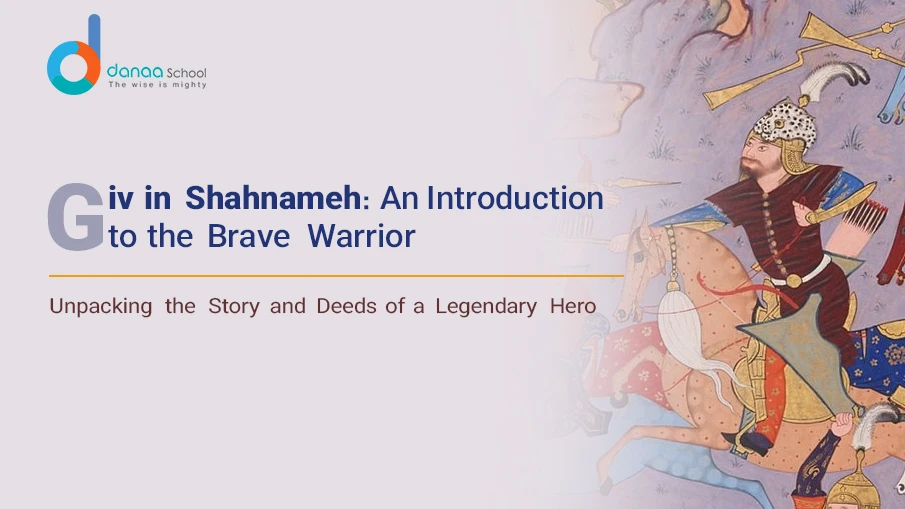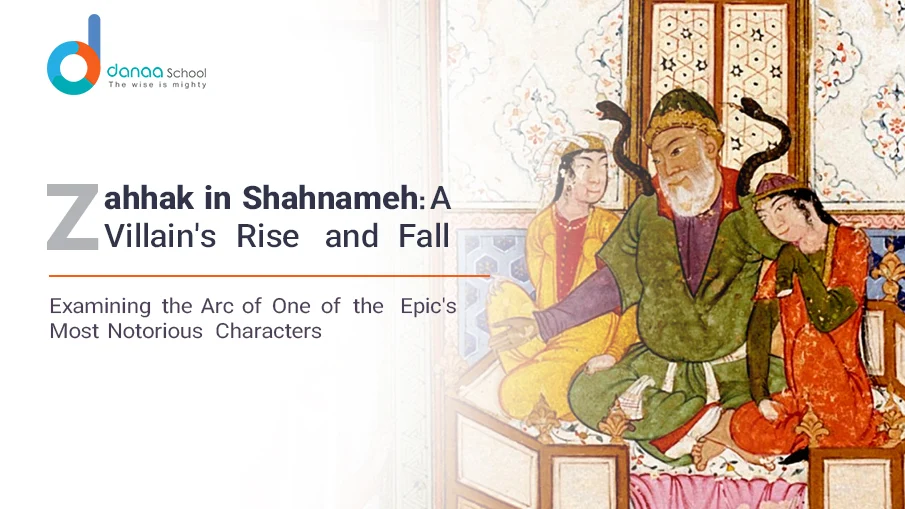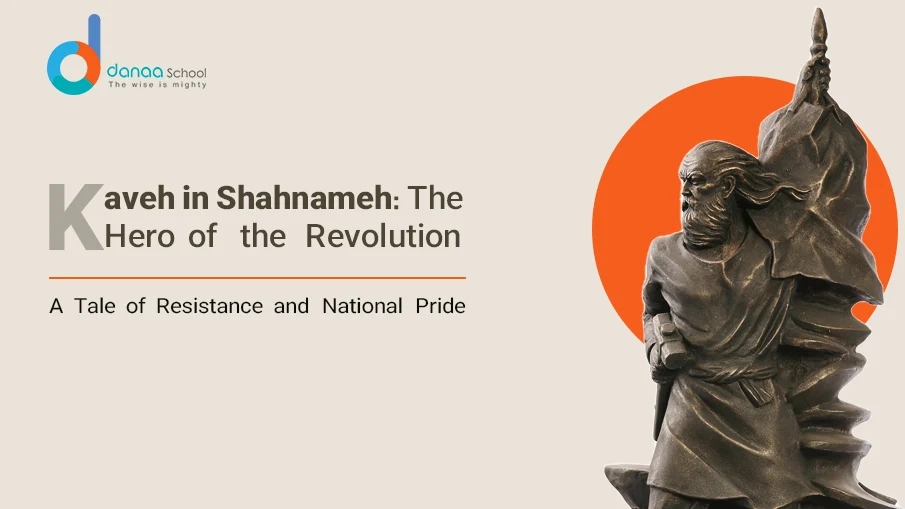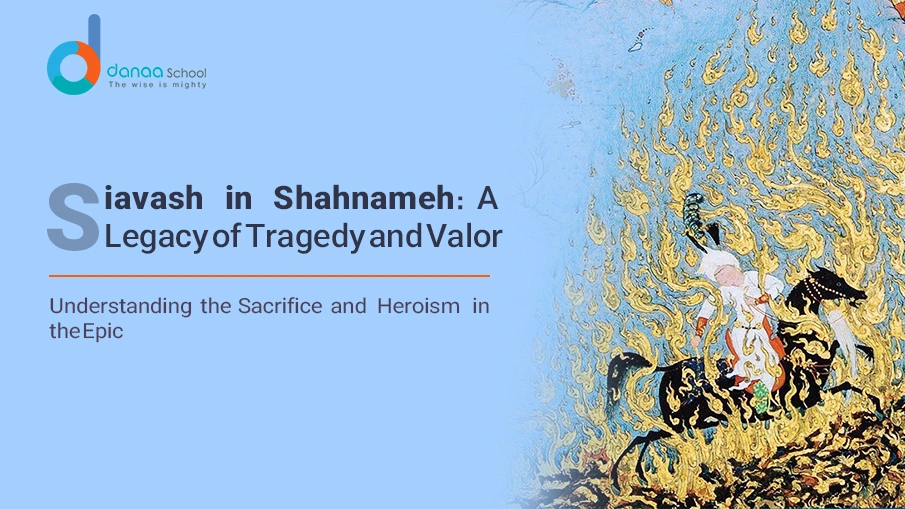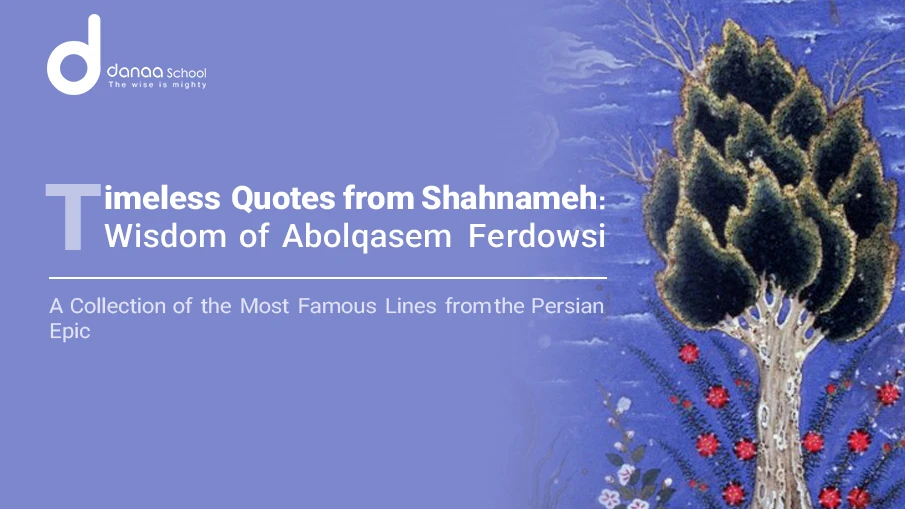The tragedy of Sohrab and Rostam from the Persian National Epic- the Shahname of Abol-Qasem Ferdowsi, or “Book of Kings,” is a wealthy tapestry of Persian mythology and history woven together. Comprising nearly 60,000 verses, this epic poem stands as a testament to the rich cultural heritage of Iran and remains a cornerstone of Persian literature.
Among the myriad tales contained within its pages, the tragedy of Sohrab and Rostam shines with a brilliance that transcends time and speaks to the deepest recesses of the human soul.
Overview of Shahnameh- The Tragedy of Sohrab and Rostam from the Persian National Epic
The tragedy of Sohrab and Rostam from the Persian National Epic- the Shahnameh occupies a central place in Persian literature, chronicling Persia’s mythical and historical past from the dawn of creation to the Arab conquests.
It is a sprawling narrative that encompasses the deeds of legendary heroes, the machinations of divine beings, and the triumphs and tragedies of mortal men. Through its vivid imagery and lyrical prose, the Shahnameh paints a vivid portrait of a bygone era, offering readers a glimpse into the rich tapestry of Persian culture and identity.
Sohrab and Rostam: Characters Introduction
Rostam, the legendary hero of the Shahnameh, stands as a colossus among men—a paragon of strength, courage, and martial prowess. Born to the noble Zal and the radiant Rudaba, Rostam inherits his father’s indomitable spirit and his mother’s fierce intellect.
From an early age, he demonstrates an aptitude for warfare, starting a series of legendary exploits that cement his place as the greatest champion of his age.
Introduction of Sohrab
Unlike his father, Sohrab enters the world as a figure shrouded in mystery and longing. Born to Rostam and the Turanian princess Tahmineh, Sohrab is raised in the distant land of Turan, unaware of his true lineage. Despite his tender years, he exhibits a preternatural skill in combat, a testament to his noble heritage and the legacy of his illustrious father.
Rostam’s Tragic Encounter with Sohrab
In its infinite caprice, Fate brings father and son together in battle, each ignorant of the other’s true identity. Disguised as a wandering warrior, Sohrab challenges Rostam to single combat, unaware that he stands face-to-face with his own flesh and blood. Oblivious to the familial bond that binds them, the two warriors clash in a contest of strength and skill, each fighting with the ferocity of a wounded lion.
The Duel
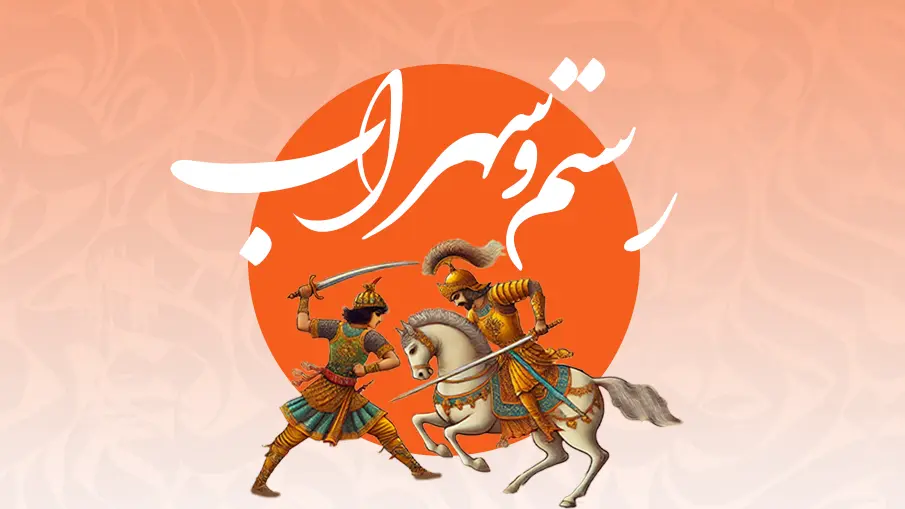
The duel between Sohrab and Rostam is a spectacle of unmatched intensity and emotion, a symphony of clashing steel and thundering hooves. With each blow, the combatants push themselves to the limits of their endurance, locked in a desperate struggle for survival. But beneath the surface, bravado lies a deeper truth—a tragic irony neither warrior can see until it is too late.
Revelation and Grief
In the heat of battle, the veil of deception is lifted, and Sohrab’s true identity is laid bare for all to see. Shock and disbelief grip both father and son as they realize the terrible truth of their confrontation. In that moment of clarity, the world stands still, and the echoes of their shared bloodline reverberate through the air like a mournful dirge.
Rostam’s Anguish
For Rostam, the revelation of Sohrab’s true identity is a dagger to the heart. This wound can never fully heal. In his grief-stricken agony, he cries out to the heavens, lamenting the cruel hand of fate that has robbed him of his son. In that moment of profound sorrow, Rostam’s mighty heart is laid bare, and the world weeps with him for the loss of innocence and the folly of pride.
Themes in the Tragedy
At its core, the tragedy of Sohrab and Rostam is a tale of familial strife and the bitter consequences of unresolved conflict. It speaks to the eternal struggle between fathers and sons, a conflict as old as time, and the tragic legacy of unspoken misunderstandings.
Fate and Tragic Irony
Throughout the narrative, Ferdowsi weaves a tapestry of fate and tragic irony, a web of circumstances from which there can be no escape. In the end, it is not the warrior’s prowess or the strategist’s cunning that decides the outcome, but the inevitable hand of destiny that guides their fates.
Betrayal and Miscommunication
Central to the tragedy of Sohrab and Rostam is the theme of betrayal and miscommunication, the fatal flaw that seals their tragic fate. Had they known the truth of their relationship, the outcome would have been different. But alas, such is the nature of tragedy—that the truth remains hidden until it is too late.
Legacy of Sohrab and Rostam
The story of Sohrab and Rostam has left an indelible mark on Persian literature, inspiring generations of poets, writers, and artists to explore its themes and motifs. From the haunting verses of Hafez to the lyrical prose of Sadegh Hedayat, the tragic tale of father and son continues to resonate with audiences around the world.
Cultural Significance
Beyond its literary merit, the tale of Sohrab and Rostam holds immense cultural significance in Persian society, serving as a touchstone for the nation’s collective identity. It is studied in schools, celebrated in festivals, and revered as a cultural treasure that speaks to the timeless truths of the human condition.
Symbolism and Interpretations
Like all great works of art, the tragedy of Sohrab and Rostam invites multiple interpretations, each shedding light on different facets of the human experience. Some see it as a metaphor for the eternal struggle between good and evil.
In contrast, others view it as a commentary on the tragic consequences of hubris and pride. Whatever the interpretation, one thing remains clear—the story of Sohrab and Rostam continues to captivate and inspire audiences today.
Artistic Depictions
- Paintings
Over the centuries, artists have been drawn to the tragic tale of Sohrab and Rostam, capturing its emotional depth and complexity on canvas. From the vibrant hues of Persian miniatures to the stark realism of Western oil paintings, each artistic interpretation offers a unique perspective on the timeless story.
- Sculptures
Sculptors, too, have been inspired by the epic tale, creating stunning works of art in stone and bronze that immortalize the characters of Sohrab and Rostam. From the graceful lines of classical sculpture to the bold experimentation of modernist art, each sculpture serves as a testament to the enduring power of Ferdowsi’s masterpiece.
- Theatrical Performances
The tragedy of Sohrab and Rostam has been brought to life in countless theatrical productions, from traditional Persian theater to avant-garde experimental performances. Through the medium of live performance, actors and directors have sought to capture the raw emotion and dramatic tension of the original text, bringing its timeless themes to a new generation of theatergoers.
Modern Retellings
- Novels
In recent years, authors have reimagined the story of Sohrab and Rostam in novels that explore its themes from new perspectives. From historical fiction to fantasy retellings, these modern interpretations offer readers a fresh take on the timeless tale, inviting them to explore its rich tapestry of characters and events.
- Films
The tragic tale of Sohrab and Rostam has also been adapted into films that capture its epic scope and emotional depth. From lavish period dramas to gritty independent films, each cinematic interpretation brings a unique vision to the timeless story, inviting audiences to experience its power in a new and captivating way.
- Video Games
Even the world of video games has been touched by the story of Sohrab and Rostam, with developers creating interactive experiences that allow players to immerse themselves in the epic tale. From action-packed adventures to narrative-driven role-playing games, these digital retellings offer a new way to engage with the story, inviting players to become part of the tragic narrative.
The Significance of Sohrab and Rostam in Persian Culture
In Persian culture, the story of Sohrab and Rostam occupies a central place, symbolizing the nation’s literary and artistic heritage. It is studied in schools, celebrated in festivals, and revered as a cultural touchstone that inspires and resonates with audiences of all ages.
From its timeless themes of love and loss to its rich tapestry of characters and events, the tragedy of Sohrab and Rostam remains as relevant today as it was a thousand years ago.
Comparisons with Other Tragic Epics
While Sohrab and Rostam are unique in many ways, they share thematic similarities with other tragic epics worldwide. Stories like the Greek myth of Oedipus and Shakespeare’s Hamlet explore similar themes of fate, family, and the consequences of human actions.
Like these timeless tales, the tragedy of Sohrab and Rostam reminds us of the fragility of human life and the inevitability of destiny, inviting us to ponder the mysteries of existence and the enduring power of storytelling.
Lessons Learned from Sohrab and Rostam
The tragic tale of Sohrab and Rostam offers timeless lessons about the complexities of human relationships, fate’s inevitability, and the power of forgiveness and redemption. It reminds us of the importance of communication, empathy, and understanding in navigating the challenges of life.
Through its poignant narrative and rich symbolism, the story of Sohrab and Rostam invites us to reflect on our own lives and relationships, urging us to cherish our moments and strive for a better future.
Why Danaa School for Shahnameh Classes and Learning Farsi?
Are you fascinated by Persian culture and literature? Do you yearn to discover the rich tapestry of stories woven within the Shahnameh, the Persian epic masterpiece? Look no further than Danaa School, your gateway to exploring the wonders of Shahnameh classes and learning Farsi.
Find Your Perfect Teacher
At Danaa School, you can find your Persian Poetry Tutor from all qualified and experienced teachers.
Now experience the excellent language and poetry journey.
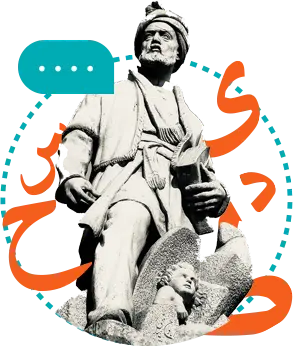
FAQs
Is Sohrab and Rostam based on a true story?
While Sohrab and Rostam are legendary figures in Persian mythology, the story is fictional.
What is the moral of Sohrab and Rostam?
The tale explores themes of fate, familial conflict, and the tragic consequences of miscommunication and betrayal.
Are there different versions of the Sohrab and Rostam story?
Yes, variations of the tale are found in different Persian literary works and oral traditions.
Why is the story of Sohrab and Rostam significant in Persian culture?
It serves as a cultural touchstone, reflecting the Persian people’s values, beliefs, and collective identity.
How has the story of Sohrab and Rostam influenced literature and art?
It has inspired countless poets, writers, and artists across generations, shaping the artistic landscape of Persian culture and beyond.
Is prior knowledge of the Persian language required to enroll in Shahnameh classes at Danaa School?
No prior knowledge of the Persian language is required. Our Shahnameh classes are designed to be accessible to students of all language levels, and our instructors will guide you through the material clearly and engagingly.
Are there any age restrictions for enrolling in Shahnameh classes and learning Farsi at Danaa School?
No, there are no age restrictions for enrollment. Danaa School welcomes students of all ages eager to explore Persian culture and literature. Whether you’re a high school student looking to expand your horizons or an adult learner interested in discovering new passions, you’ll find a supportive and inclusive learning environment at Danaa School.
Conclusion
In conclusion, the tragedy of Sohrab and Rostam from the Persian National Epic is a testament to storytelling’s enduring power. Through its vivid imagery, complex characters, and timeless themes, it continues to captivate and inspire audiences around the world. From its humble origins in the pages of the Shahnameh to its enduring legacy in Persian culture and beyond, the tale of Sohrab and Rostam remains a shining beacon of literary excellence and artistic achievement.
Danaa School offers a unique opportunity to explore the wonders of the Shahnameh and learn the beautiful language of Farsi in a supportive and engaging environment. Join us on this journey of discovery and start a lifelong love affair with Persian culture and literature.
Want to Learn Persian Poetry at Danaa School?
Here are the best resources for you!



